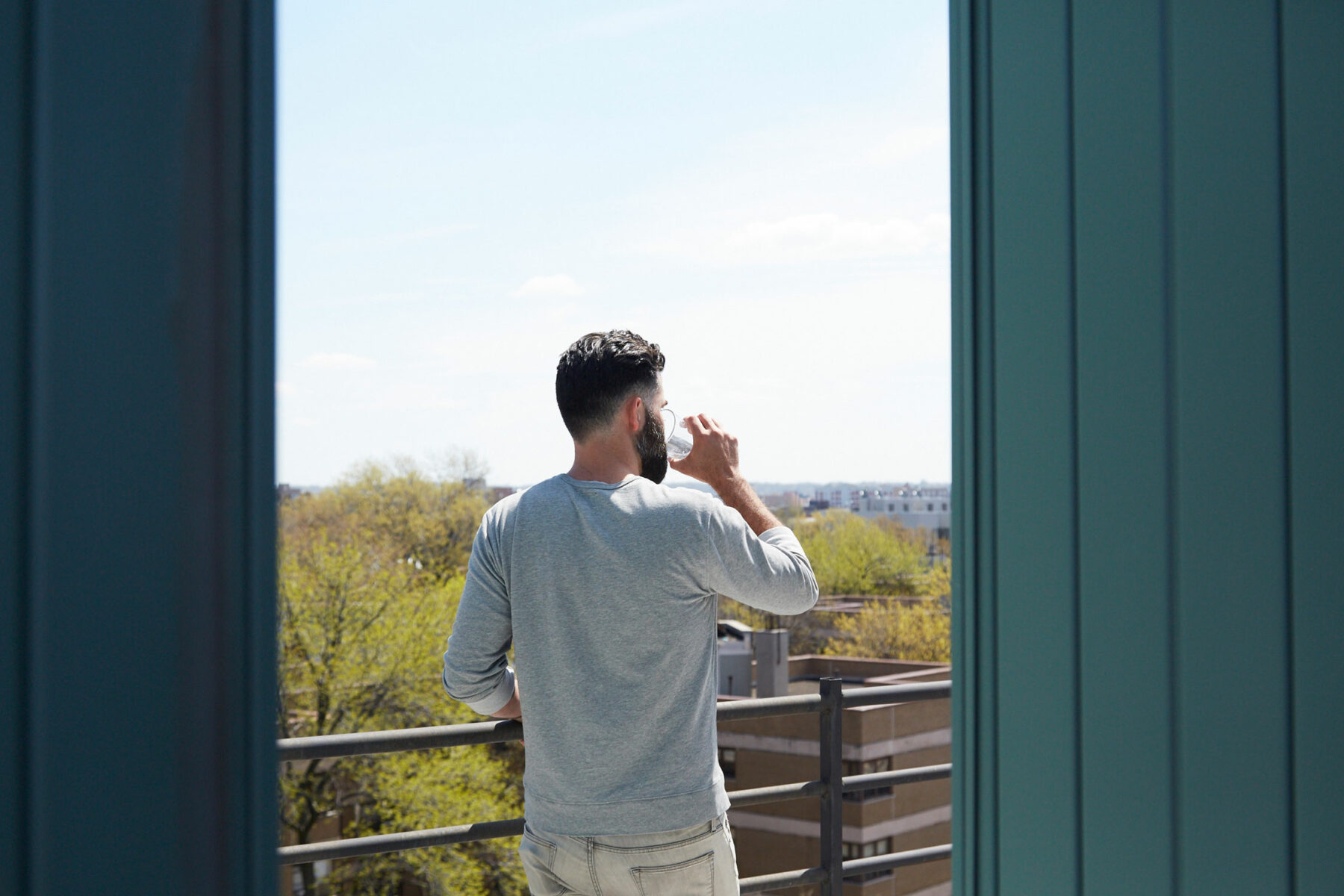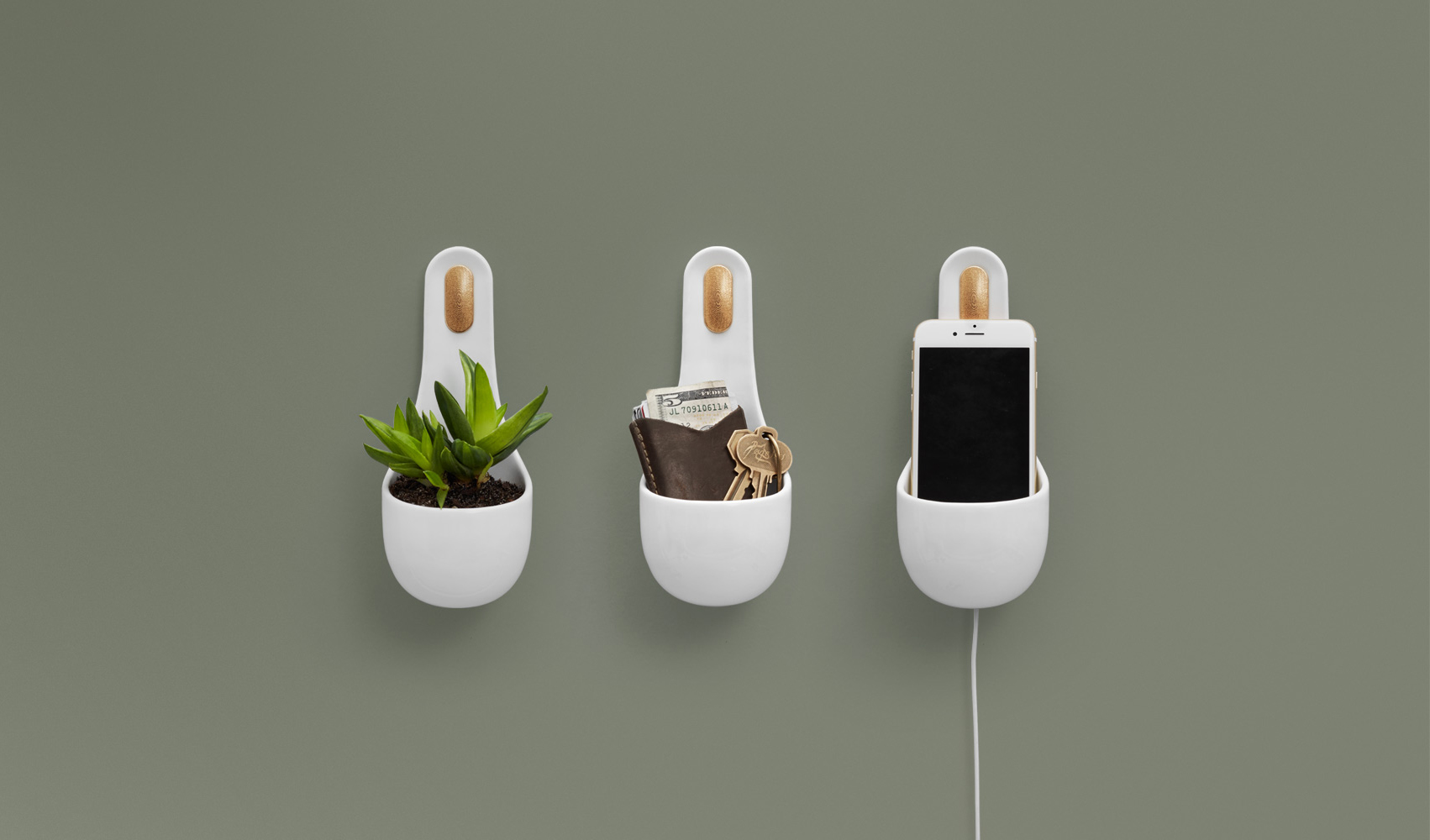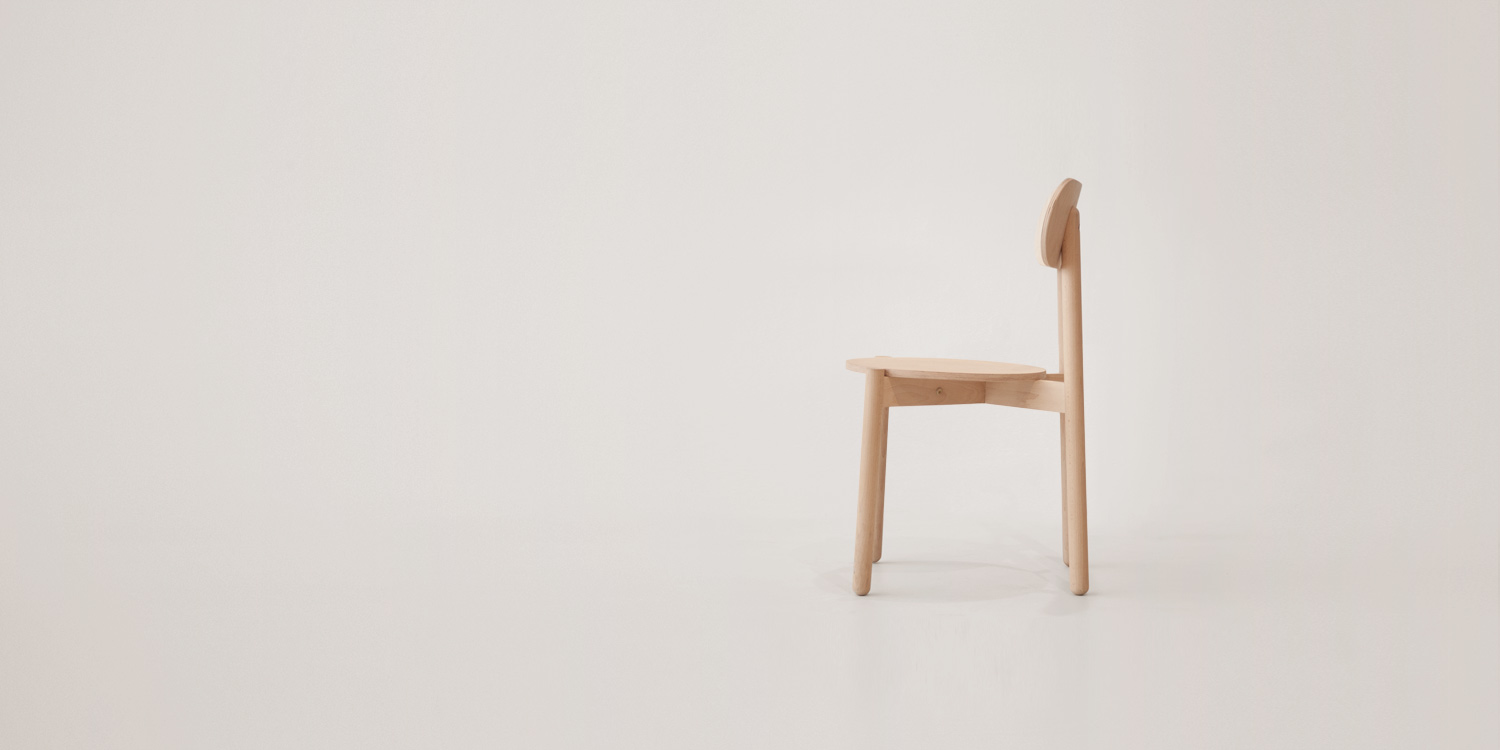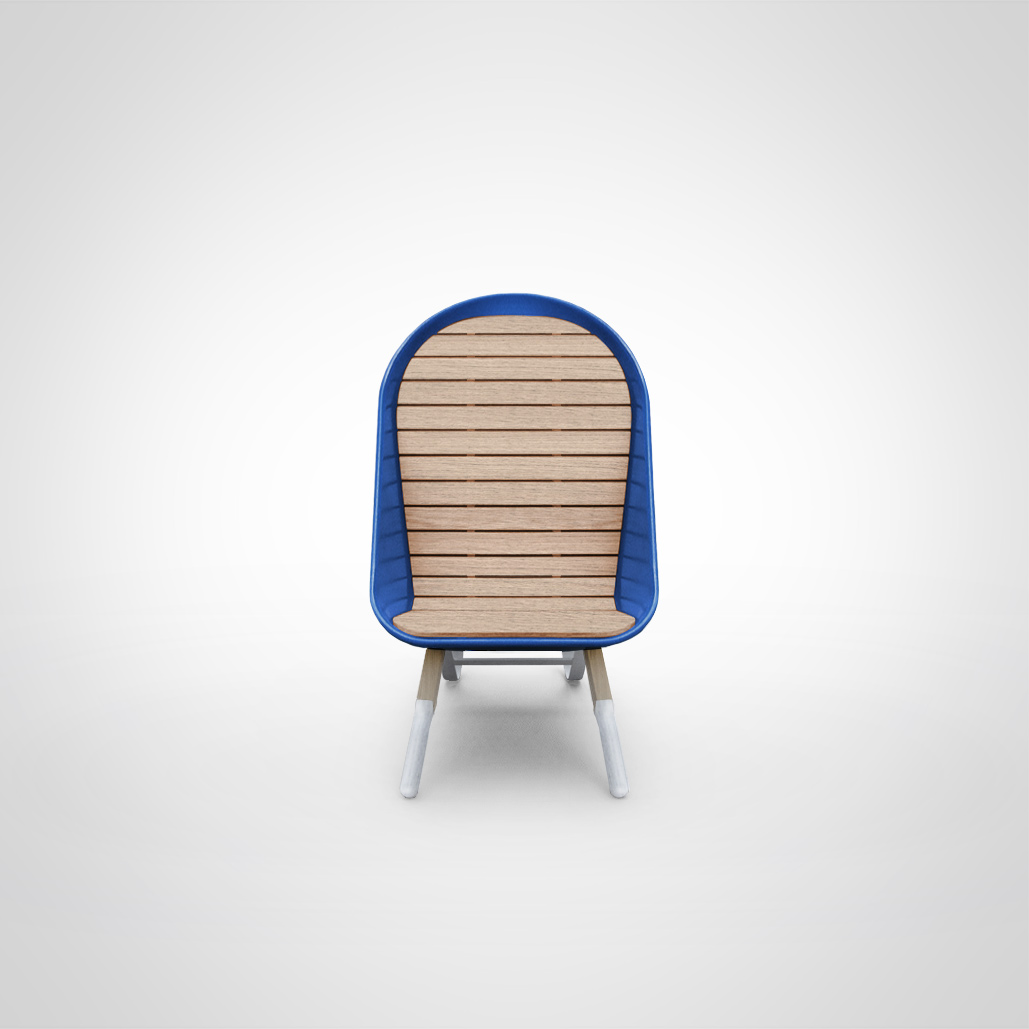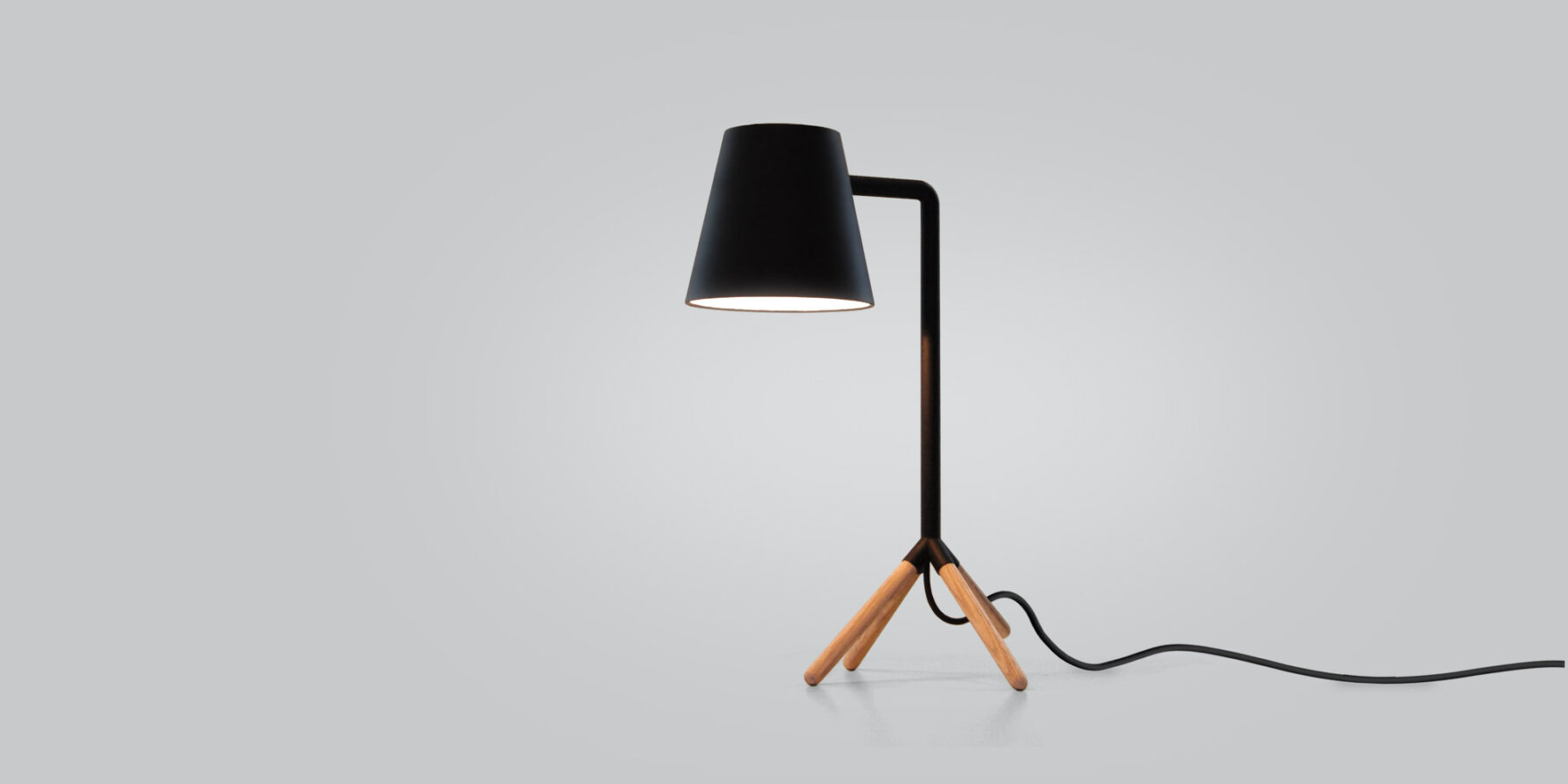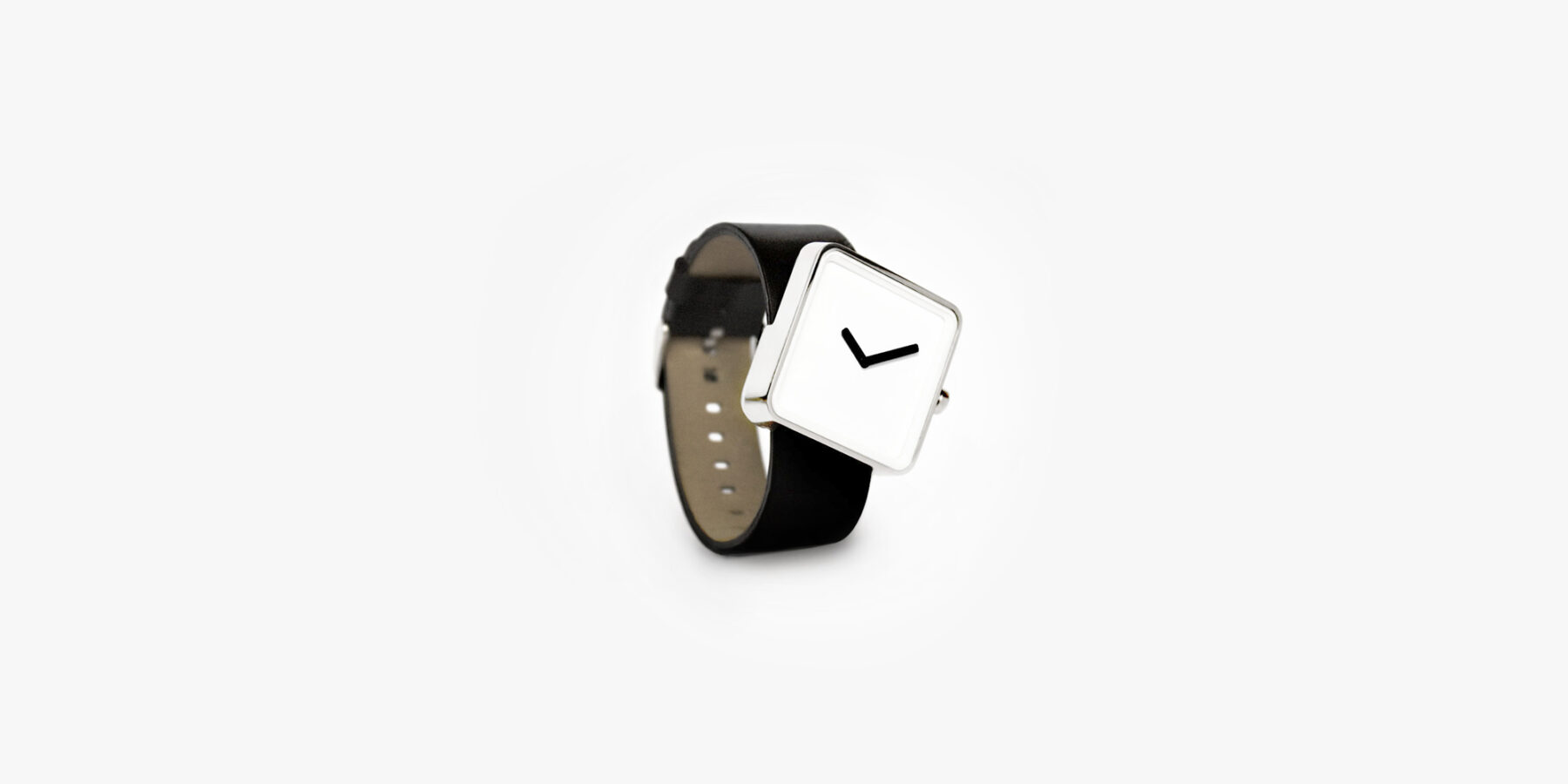To say that Evan Clabots got his act together for love wouldn’t be entirely off the mark. His impressive three-story bachelor pad, complete with roof deck, is in pristine condition—as if new, despite the fact he moved in months ago.
There was a girl involved, it’s true, but spend the day with Evan and one gets the sense that even if the pressure wasn’t on, Evan’s attention to detail and natural penchant for orderliness would’ve lent themselves to a quick turnaround. With one’s own custom-designed furniture bearing the brunt of the move, after all, unpacking would have to be a top priority.
The space’s spic-and-span design comes as no particular surprise, seeing as Evan’s eye for detail has been honed over fifteen years in the design industry—from his earliest days interning for Studio Dror, to the launch of his second studio in 2014. At each step along the way the designer picked up skills that less ingenuous (or more practical) designers might have shied away from, in manufacturing, production and merchandising.
“I’m always looking for details that give personality.”
It’s precisely this steadiness and assuredness that gives both his work and his home a distinct equilibrium. “I really want visitors to my home to get a sense of balance and calm, while also giving them points of interest and things to explore,” he says. “I think that’s what I’ve always sought to do in my design work, too. I’m always looking for details that give personality. Something that isn’t necessarily expected, that defines an object or space and sets it apart from others.”
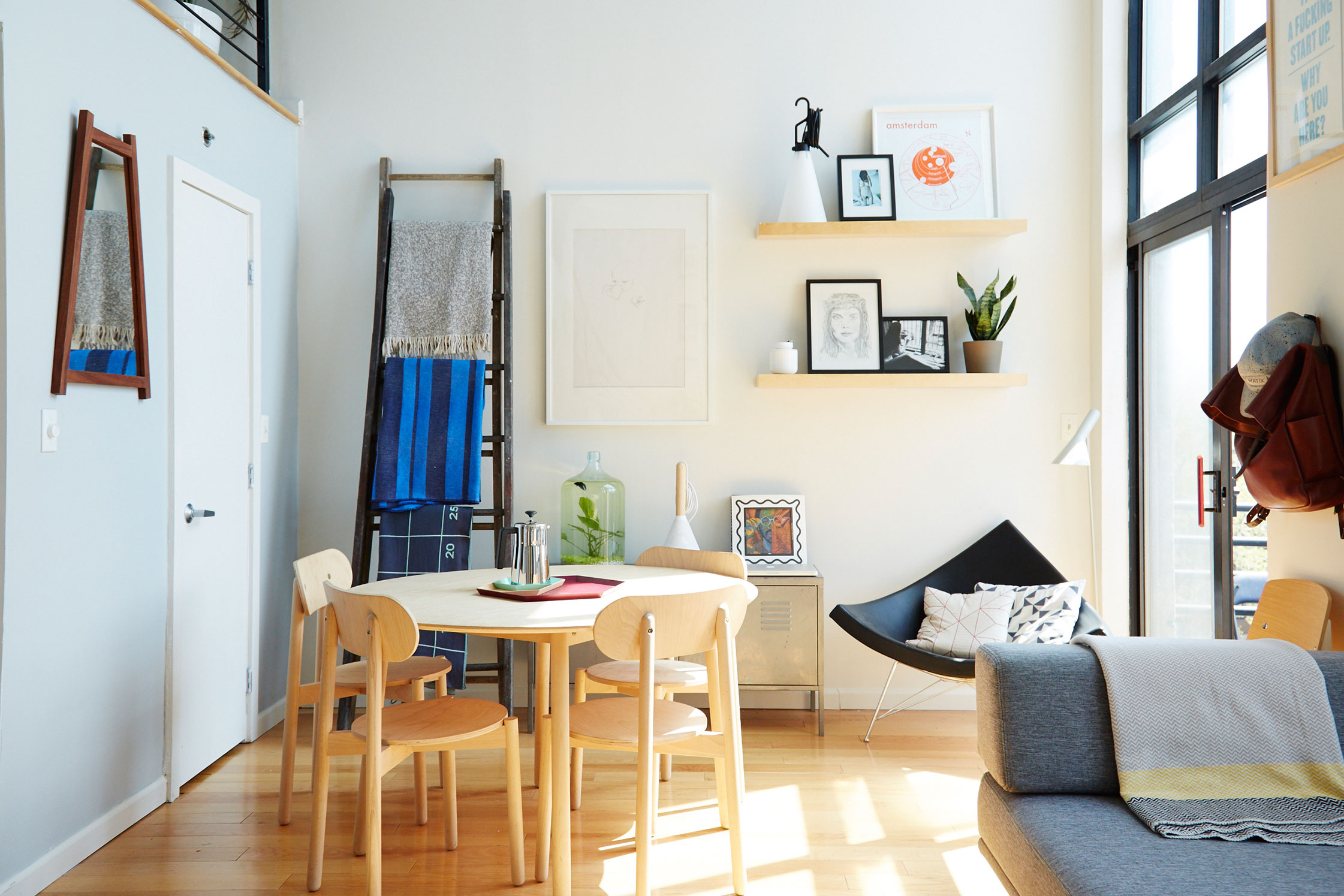
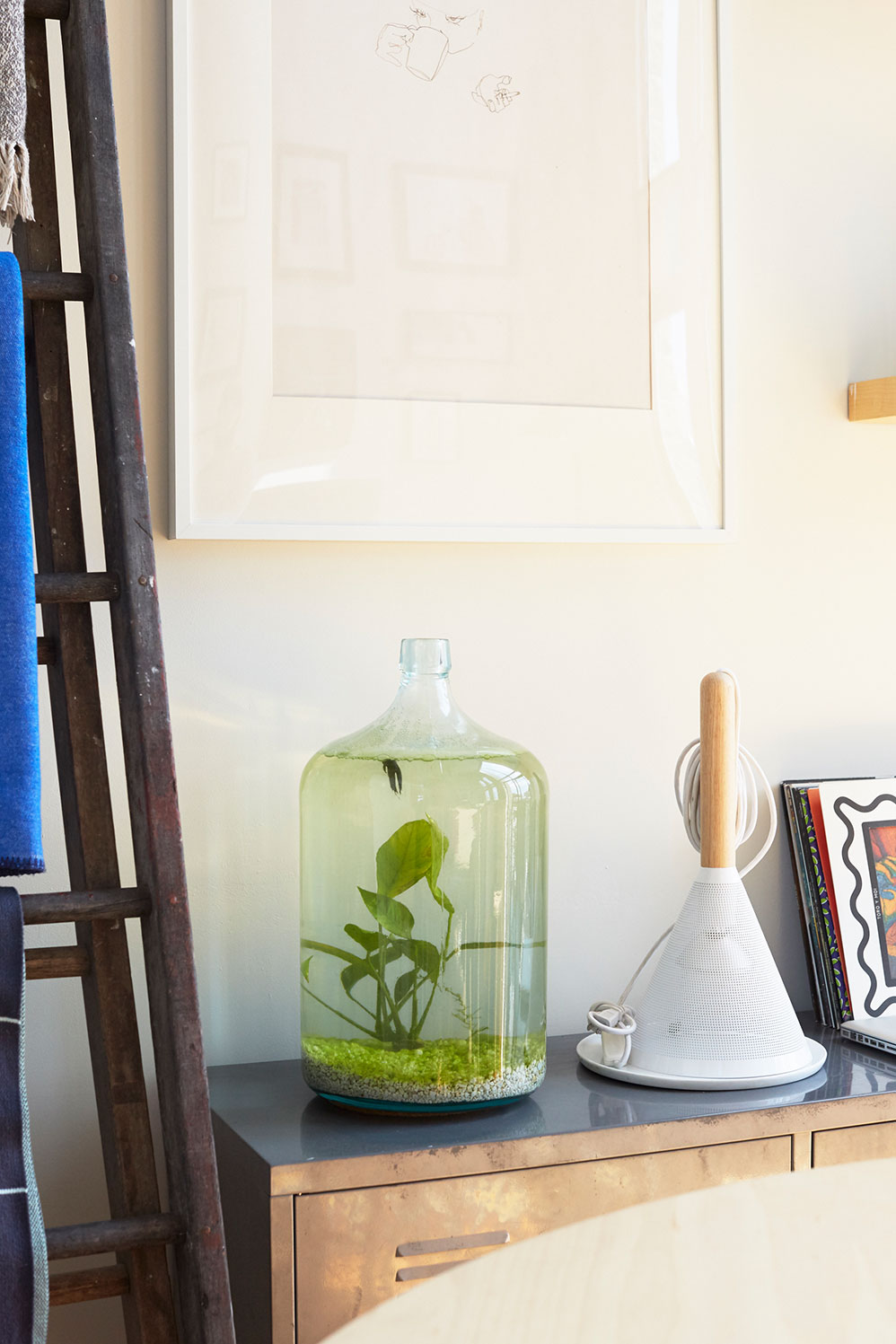
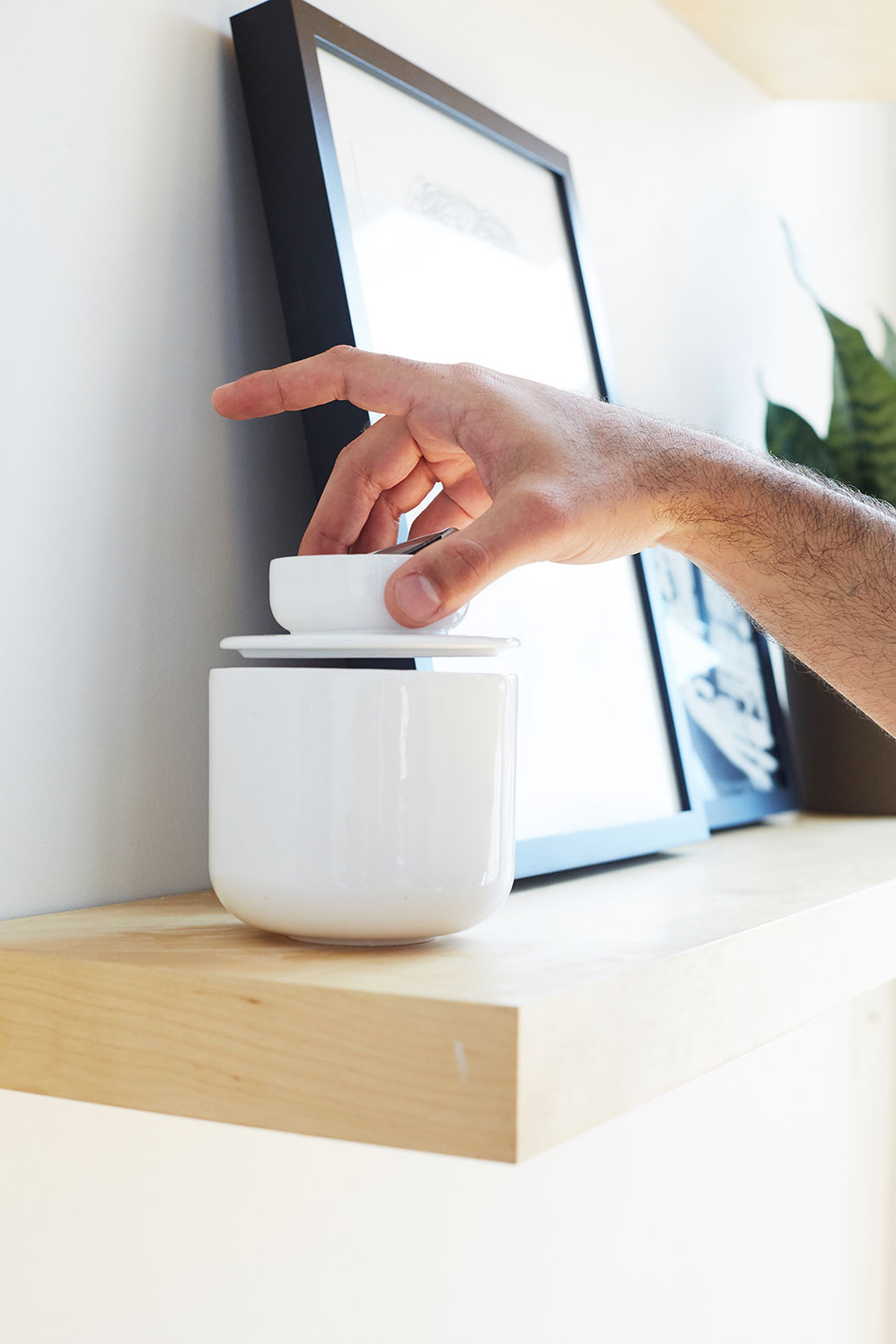
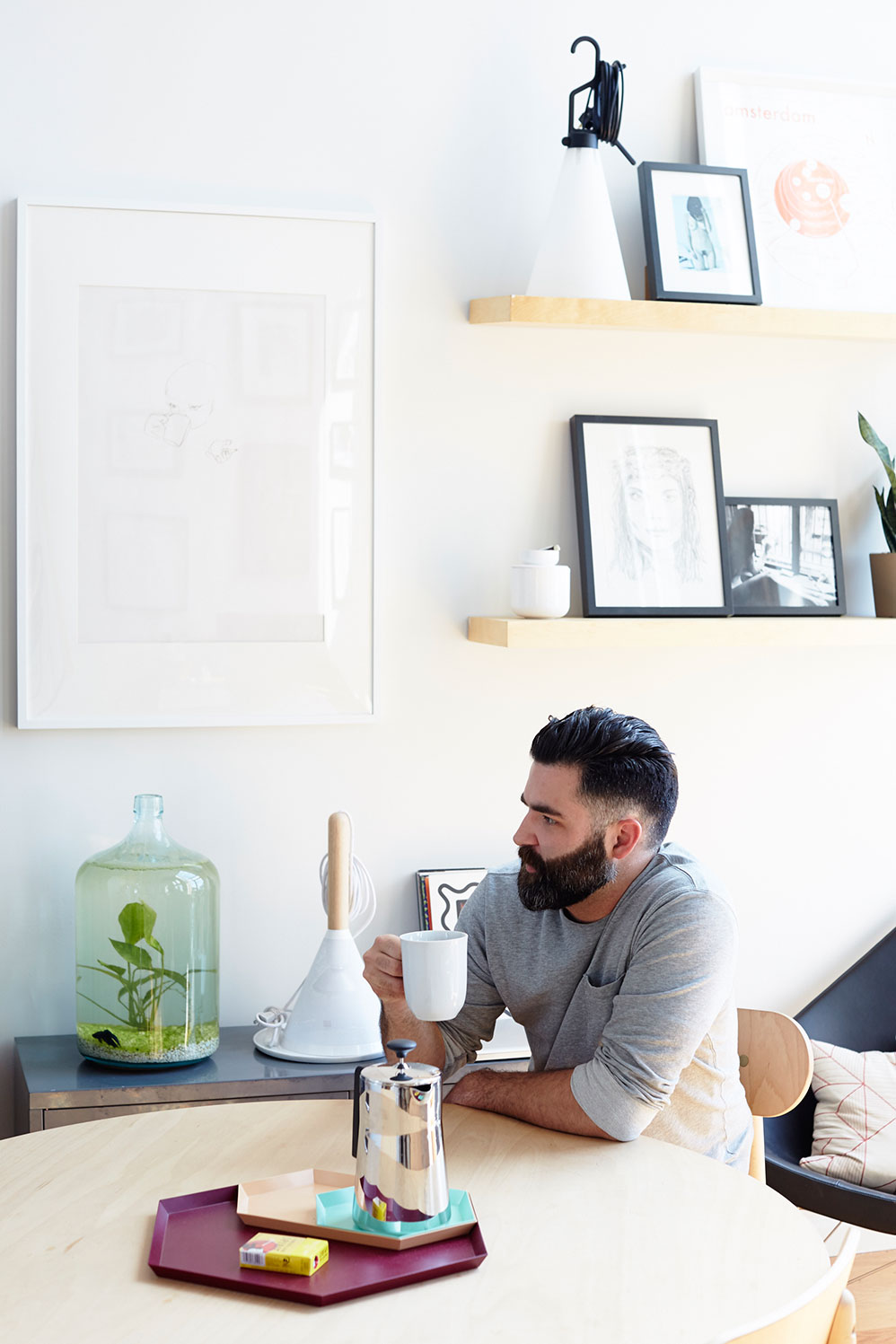
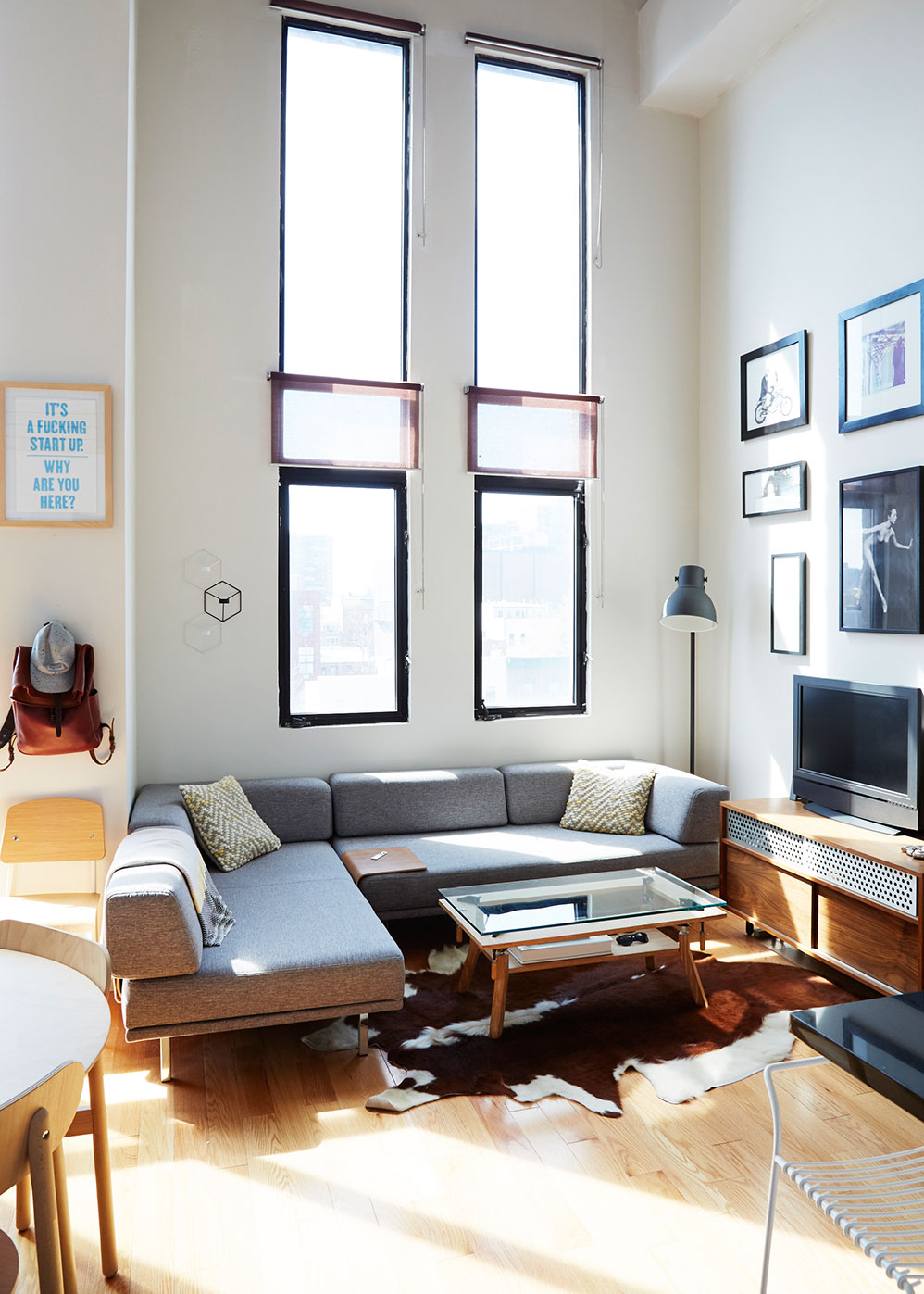
-
How much of what’s in your home are pieces you designed yourself?
It’s a mix of great pieces from designers that I really respect, like Eames and Nelson, together with stuff that I’ve designed along the way—production pieces and some prototypes. There’s the sofa, the dining table and chairs, some of the pillows. There’s a lamp upstairs with a metal catch-all dish from the time I used to work for the e-commerce company Fab. The wooden boxes and the coffee table are prototypes. All of the art is from my friends.
-
What’s your earliest design memory?
I was watching my mother teach my sister how to sew. Then, when she went to work, I sewed a little suede pouch and holster for my slingshot. It had a little drawstring and a pouch for rocks. The drawstring had loops that fit on my belt so I could run around outside with my slingshot, armed with pebbles.
-
How did you get your start in the industry?
I interned at Studio Dror for three months and after my internship they hired me to be a designer and I spent five and a half years designing a lot of amazing projects for clients like Cappellini, Alessi, Tumi and Puma. After that, I started Nonlinear Studio, which I ran for about four years before moving to Fab. Bradford Shellhammer asked me to come start an internal design studio with their resources, which sounded awesome. That was probably in the spring of 2013. We worked for a year and a half to develop a range of home goods, hard goods, upholstery, lighting and a soft goods program, as well. Then in the summer of 2014, Fab restructured and we ended up moving the remnants of the private label over to Hem in Berlin. At that point, we decided to part ways and I started my own studio, where I’ve worked for the last year and a half.
-
Of all the things you’ve designed, what’s been your favorite?
Well, it’s kind of like getting tattoos. Each new one you get, that one’s your favorite. And then you move on or your perspective changes, and you get more tattoos. You don’t necessarily like the new ones better, but you look back and you remember who you were when you got the old ones. I can remember with all of my tattoos exactly who I was then, and how I looked at the world. They’re really great for marking time.
I think the same way about the designs I’ve accumulated. I look back and remember who I was and how I was thinking about design at the time—was I really influenced by concepts or by practicality or manufacturability? Was it a really technically-driven piece, or was it driven by the market and commerce? I can look back and understand who I was as a designer, and because of that, I can’t pick favorites. They all sort of encapsulate what I was thinking and doing at the time.
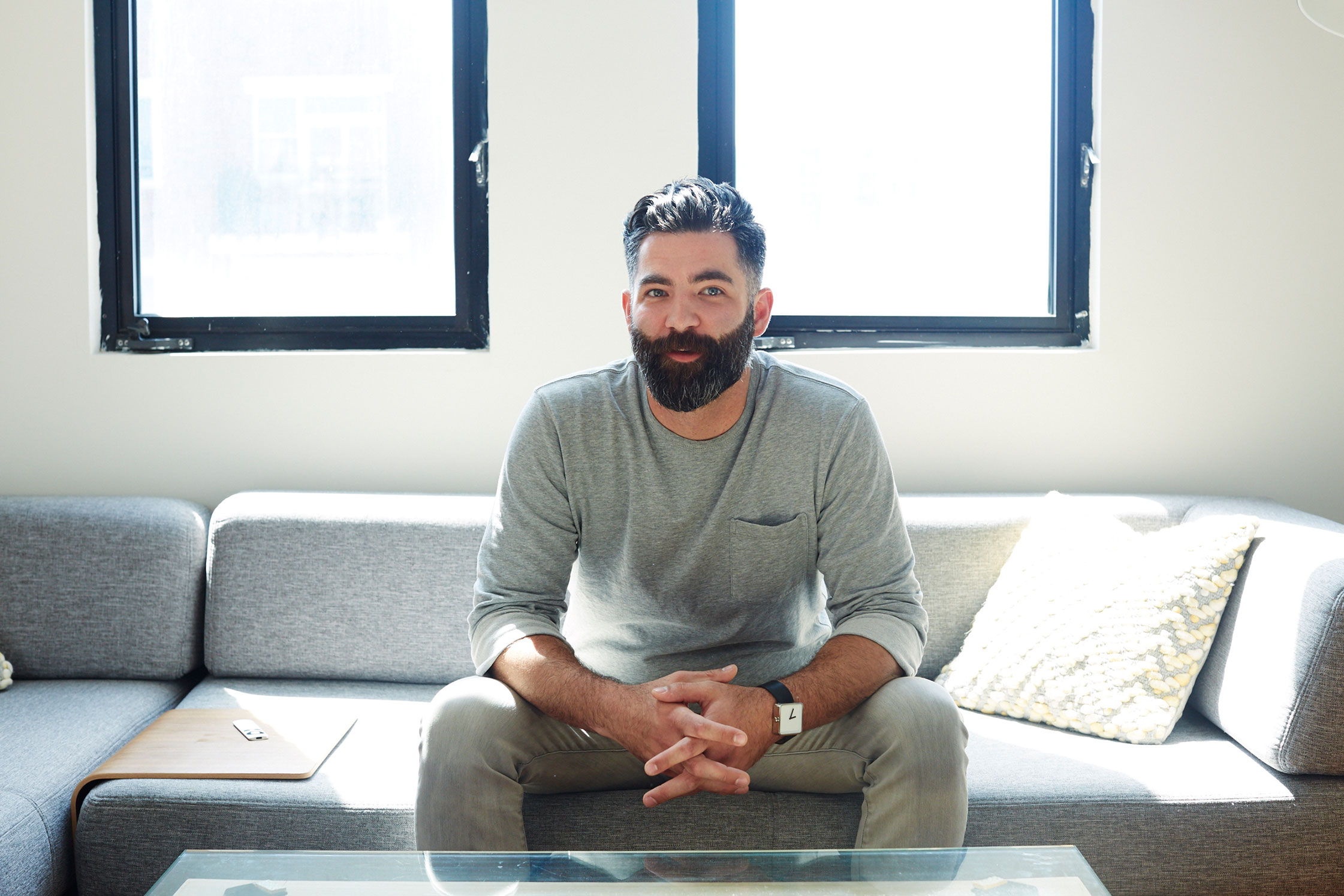
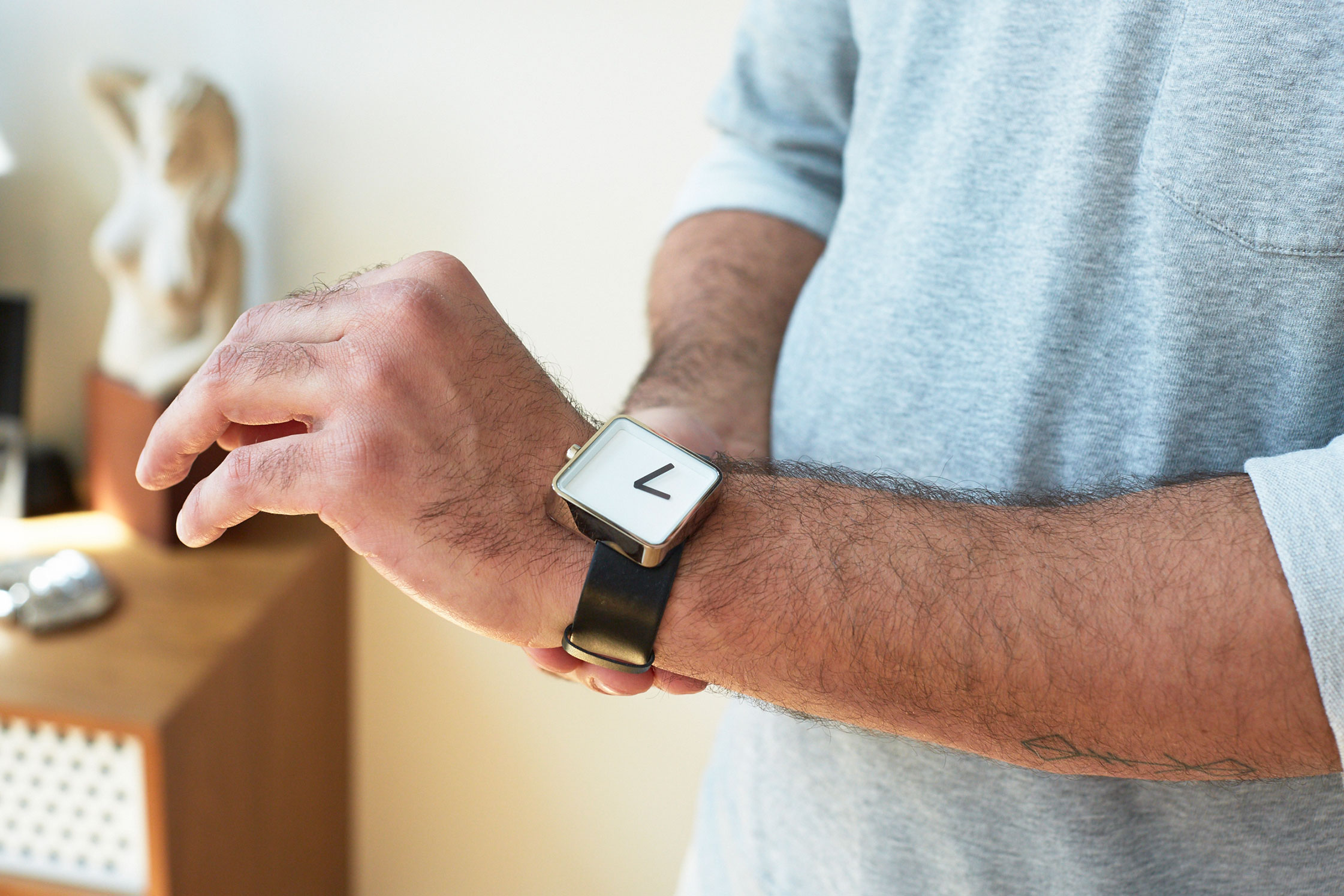
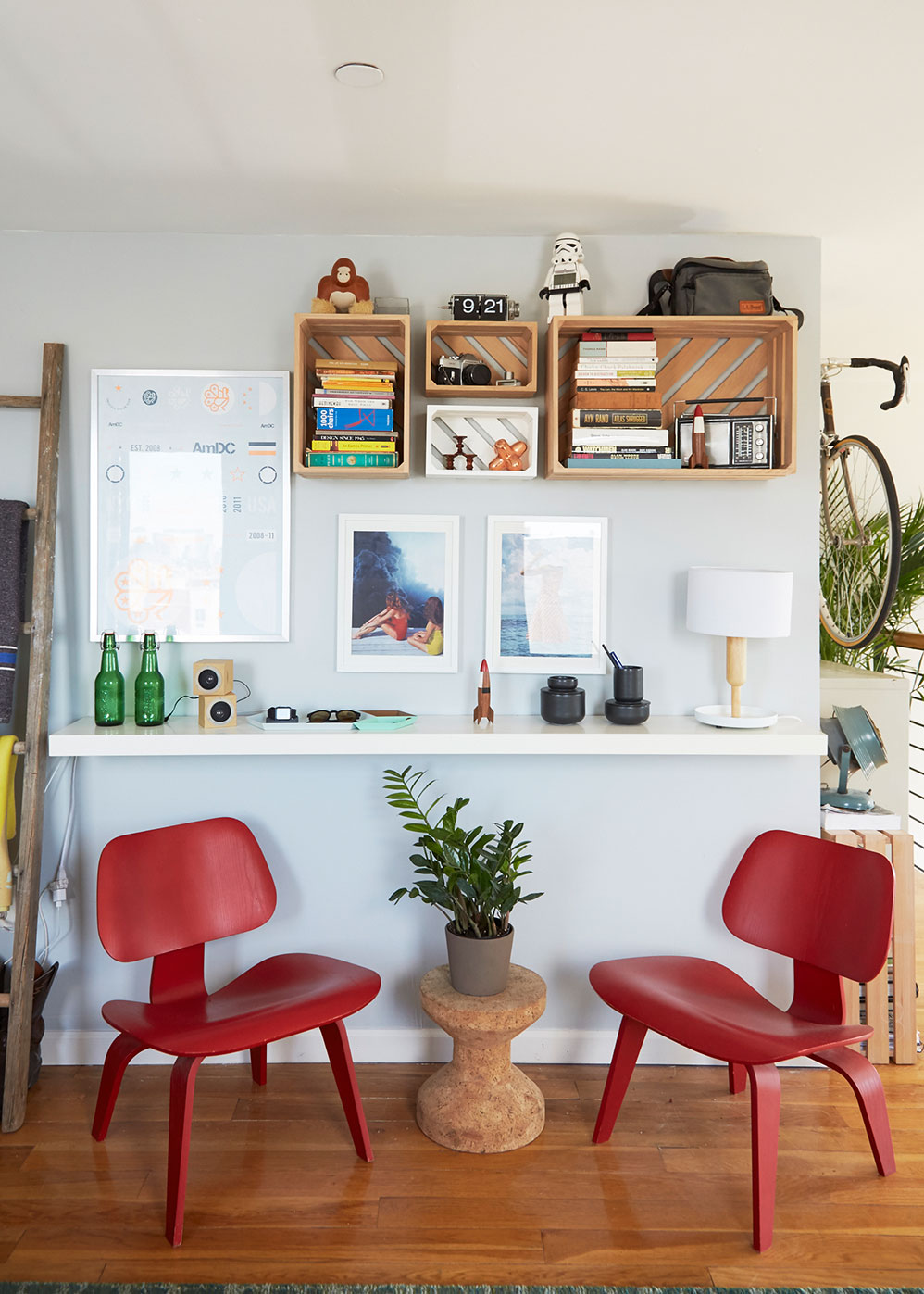
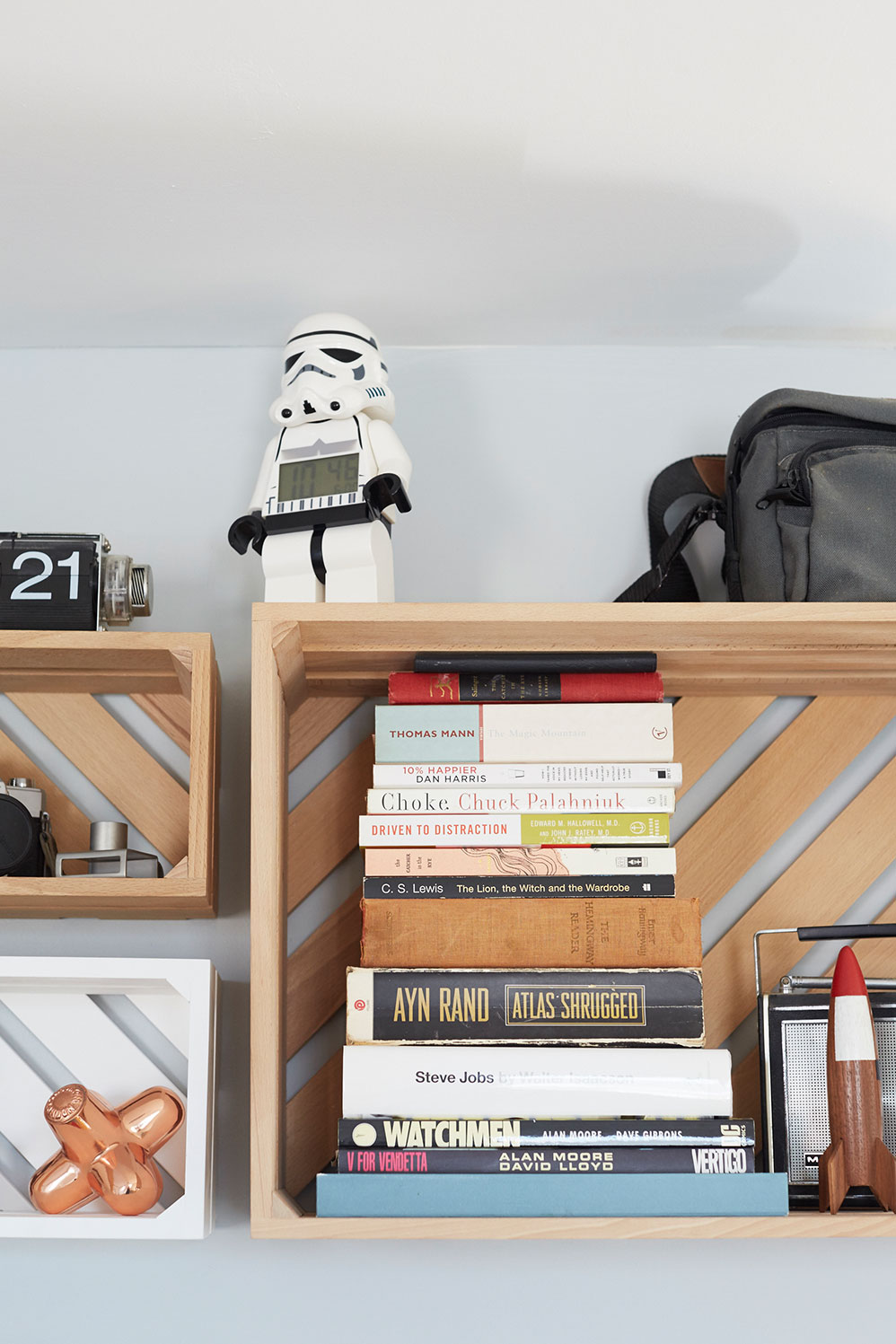
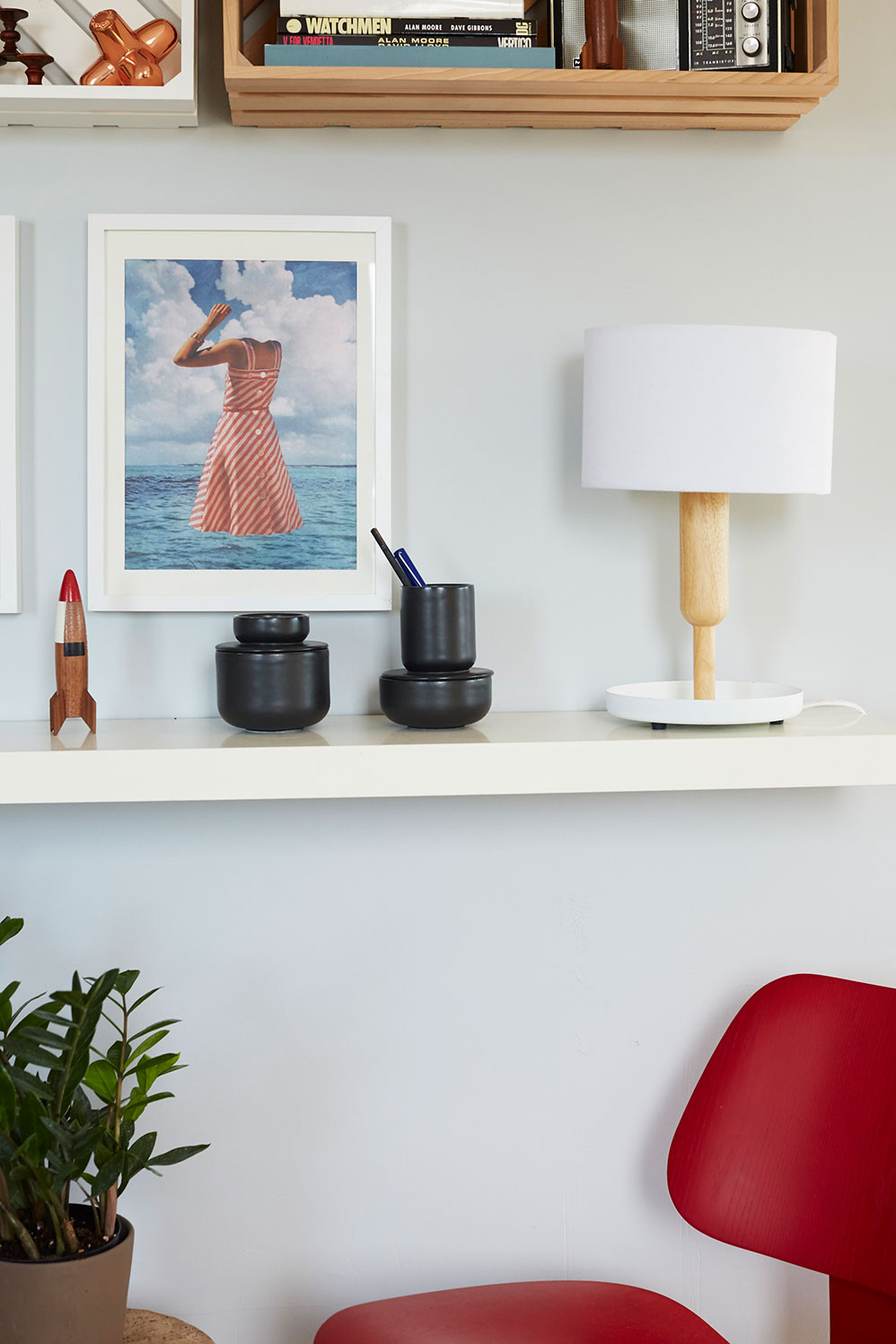
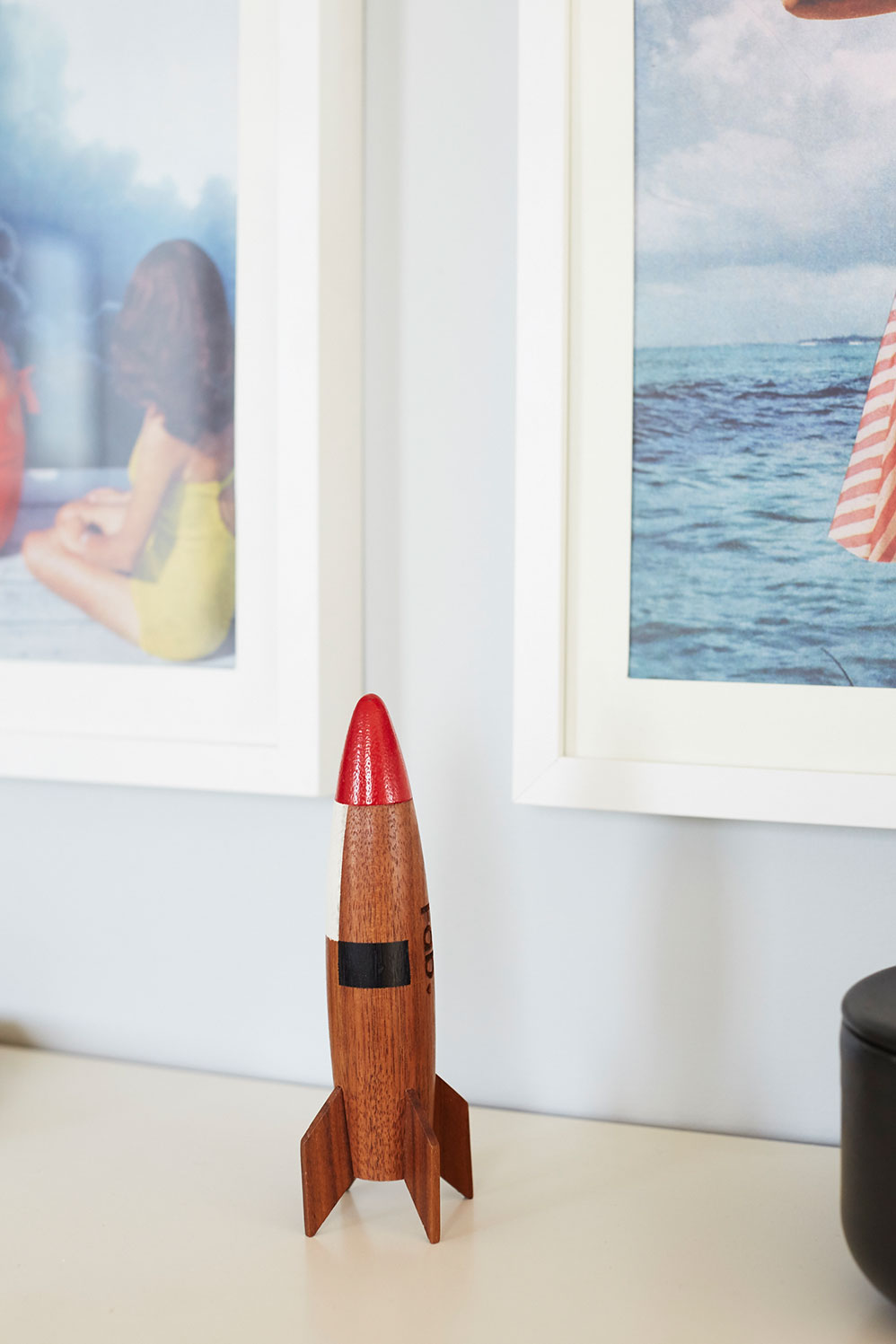
-
You’re both a designer and chief design officer for OTHR. What excites you most about the platform?
I think the evolution of manufacturing techniques is super interesting, and I think that 3D printing is finally coming to a point where we can produce viable, usable products that have the strength and durability a product needs. Looking at it simply as a new manufacturing technique, it affords different opportunities than any others, and that’s really exciting from a material standpoint.
-
How did you get involved as CDO?
I’ve known Joe Doucet for quite a while. While I was the SVP of Design over at Fab doing a line of private label home goods, he was one of the external designers that we were working with on one of our pieces. Then, as I moved away from Fab, Joe approached me to take a similar role at OTHR. He told me that if I was great at convincing him to change his design in a way that he didn’t want to—but ended up being quite happy with in the end—then he needed those skills over at OTHR. I’ve been working with him on it now for about year.
“I’m always trying to see the bigger picture from different points of view.”
-
What’s the most pivotal thing you’ve learned in your professional career?
I’m always trying to see the bigger picture from different points of view. It’s really interesting to go from working at a consultancy to working in-house at a large retailer to working on art direction, to working on products, working on collections, working on merchandising. I’ve developed a process of designing from understanding creative access into the world from a lot of different points of view. It’s something I still seek to do, even in the work I’ve been doing in my own practice—being able to amalgamate all of those perspectives to offer up a bigger-picture solution for clients while still seeking out new perspectives. It’s really understanding those perspectives that lets you evaluate your own ideas and choices in life, that leads you to a more well-rounded solution.
-
What about feedback? Have you ever received feedback that really stuck with you?
The feedback from the market, from consumers, is really interesting. To understand what you value as a designer versus what those who are consuming the products value, what things resonate with those who are consuming your products or graphics or messaging—that is a really amazing interaction. Designing in a bubble never really works. It’s always about bouncing ideas off of other people, but especially those the products are meant for. You learn so much about which parts of what’s important to you resonate with others.
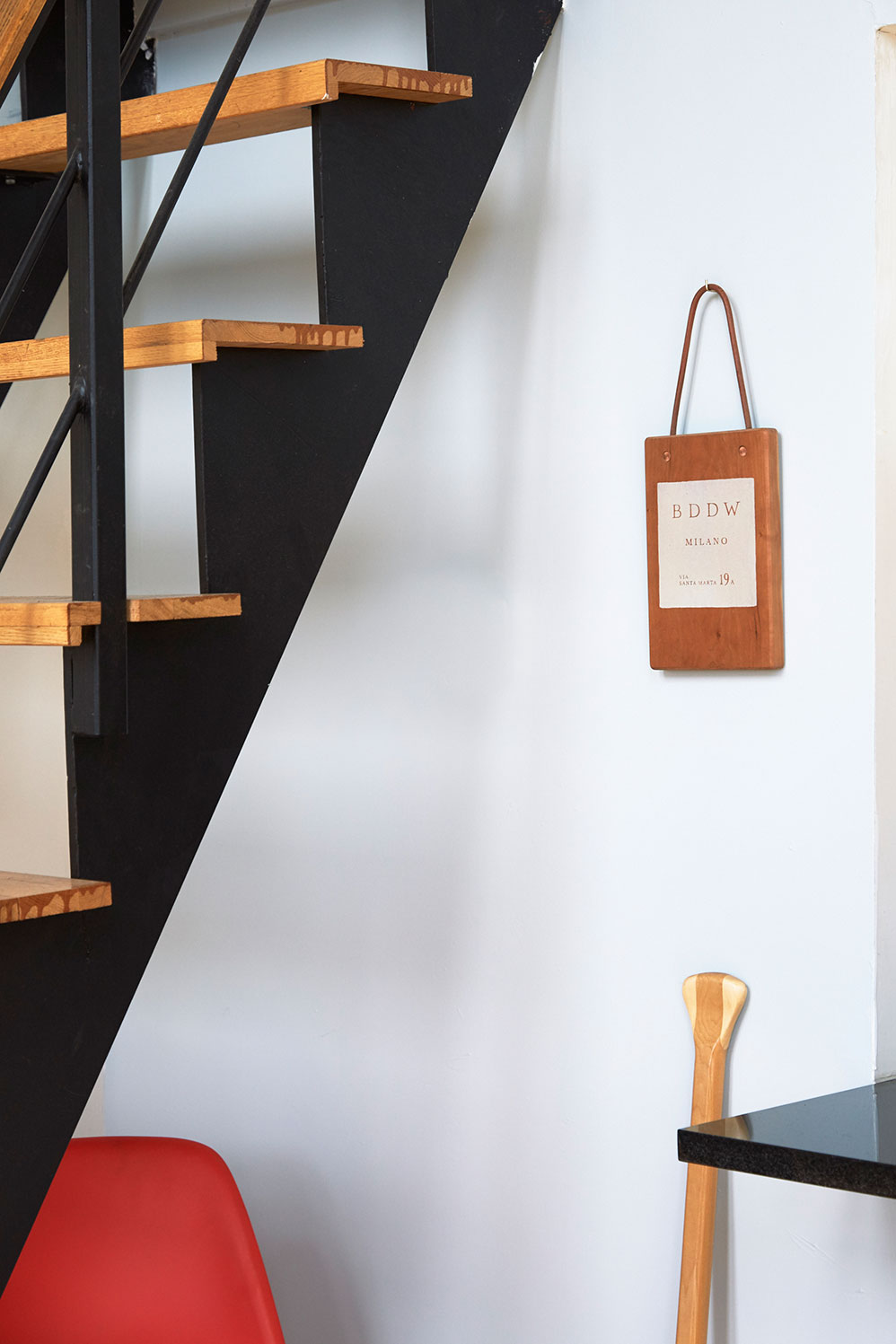
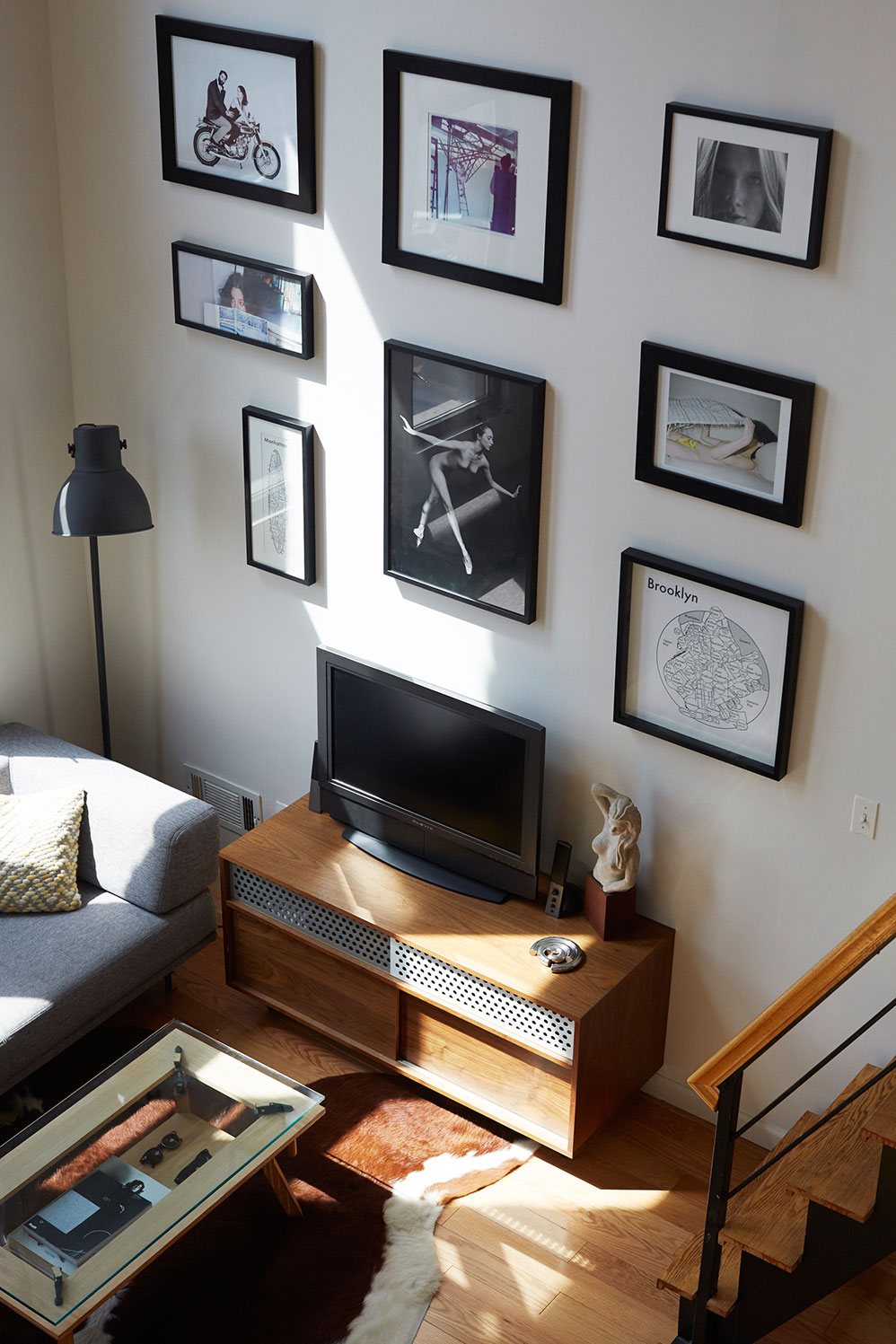
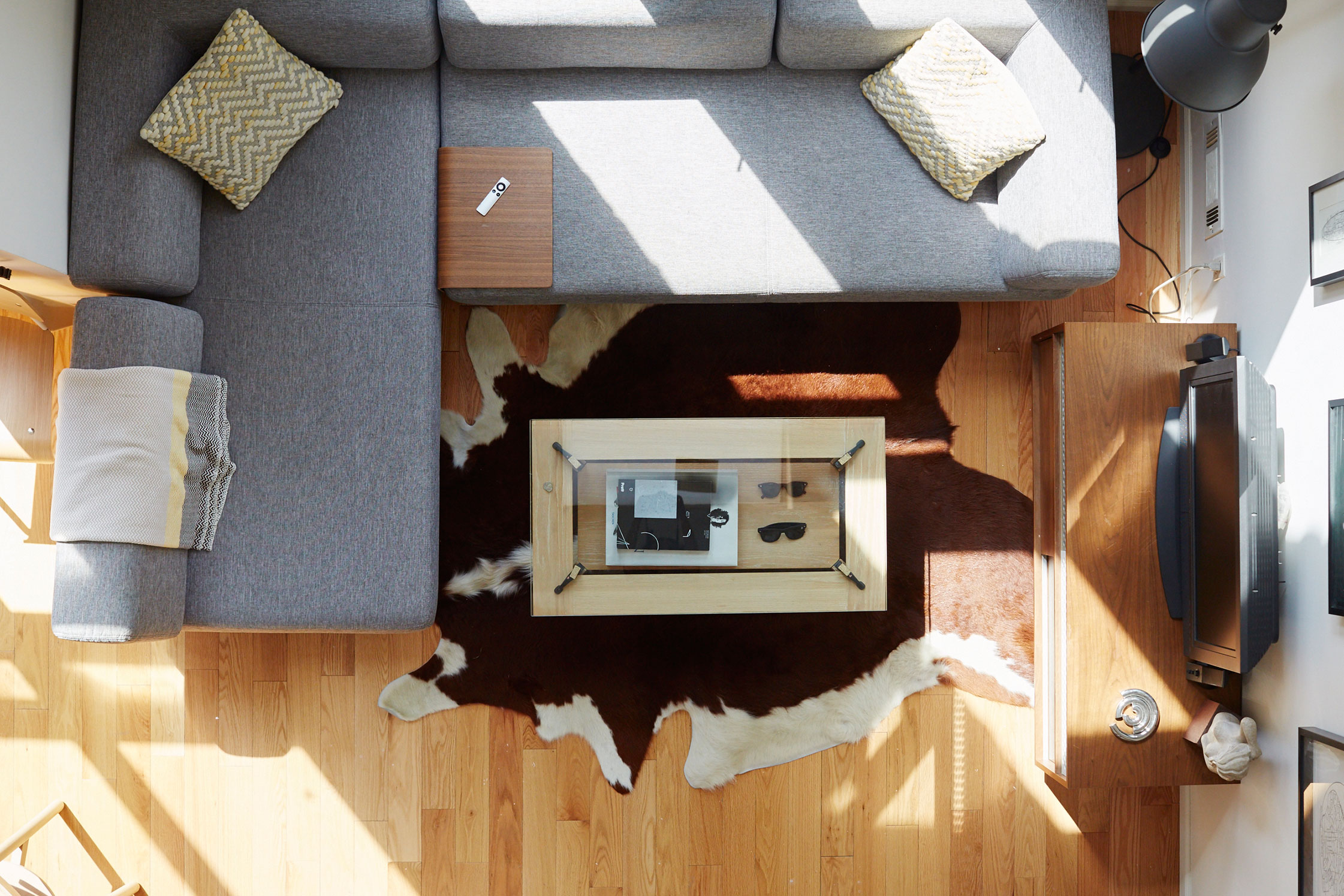
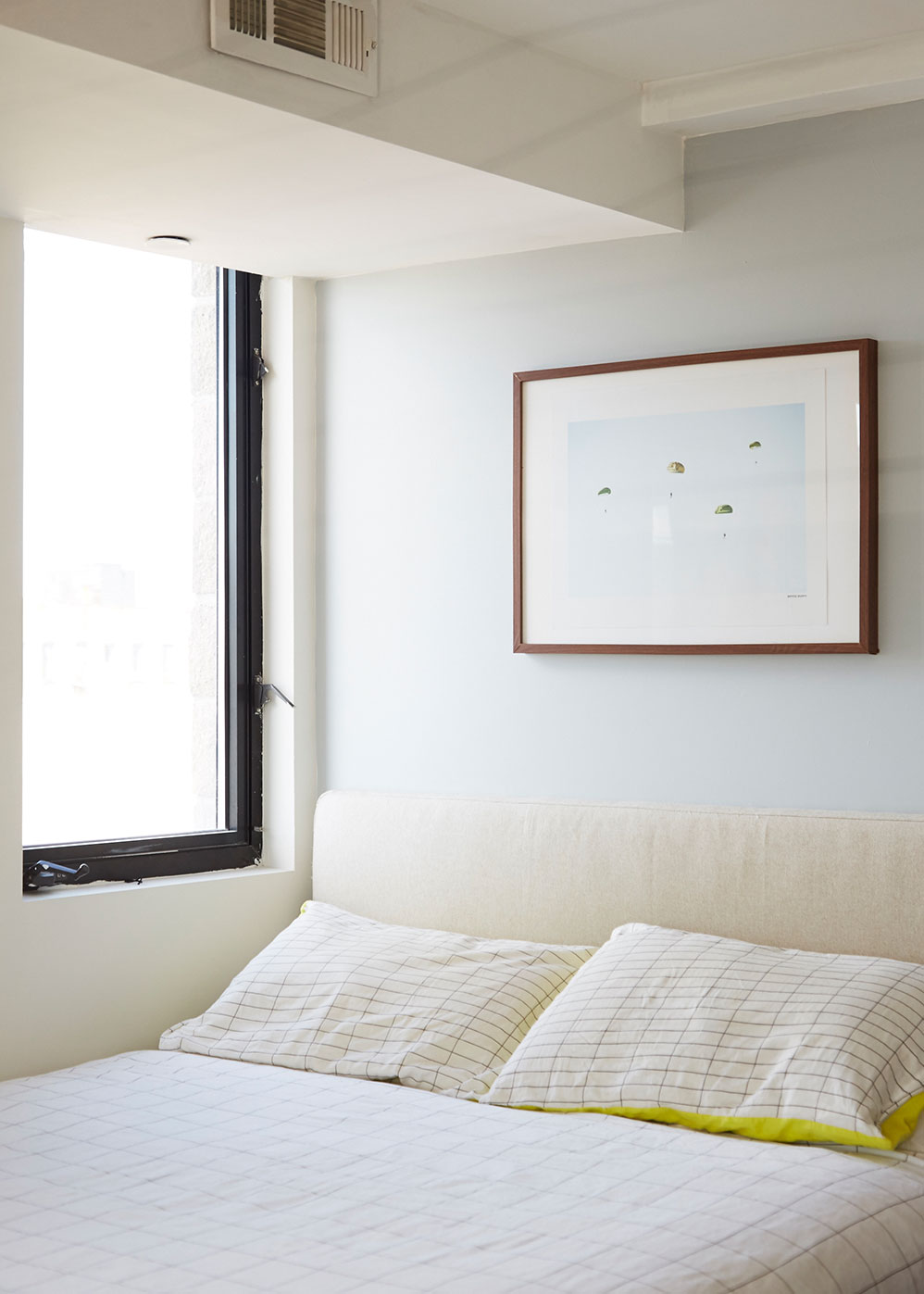
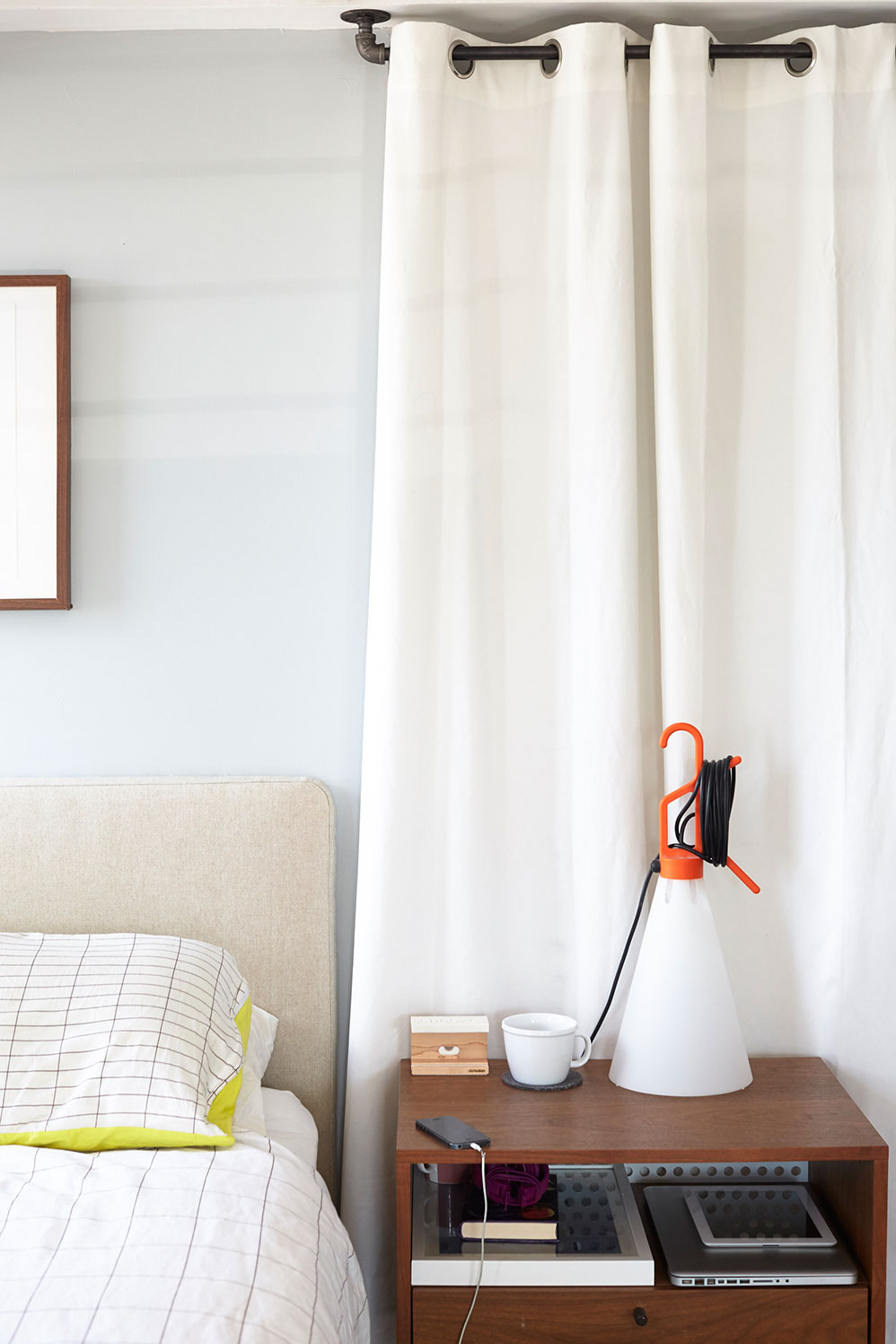
Evan’s quirky designs leave room for personality
“Working class creatives…are the ones that I feel most at home around. People who are sort of helping to develop the culture of the neighborhood rather than simply consume.”
-
Tell us about your neighborhood. What drew you here?
I’d always been around the north end of Brooklyn as it’s been developing—I’ve always lived in neighborhoods that were developing. I think that’s where you find a lot of creative people that are making culture rather than just consuming it. It’s been an interesting journey around the north side, from Greenpoint and Bushwick back in the day, to Williamsburg as it’s developed out and downward. It’s a nice little pocket on the south end where we don’t have a lot of chain stores. I guess the working class creatives that are populating the area are the ones that I feel most at home around. People who are sort of helping to develop the culture of the neighborhood rather than simply consume.
I also realize in saying it how much of a gentrifying statement that is, to imply that those living there are creating a culture when there has been a culture there for quite some time.
-
What do you most look forward to about living here? Do you plan to do a lot of entertaining?
In the summertime, yes, I’m really going to embrace the indoor-outdoor aspect of this space. For me, it’s really about having people over for dinner and relaxing rather than a raucous house party.
-
Those days are behind you?
Long behind me.
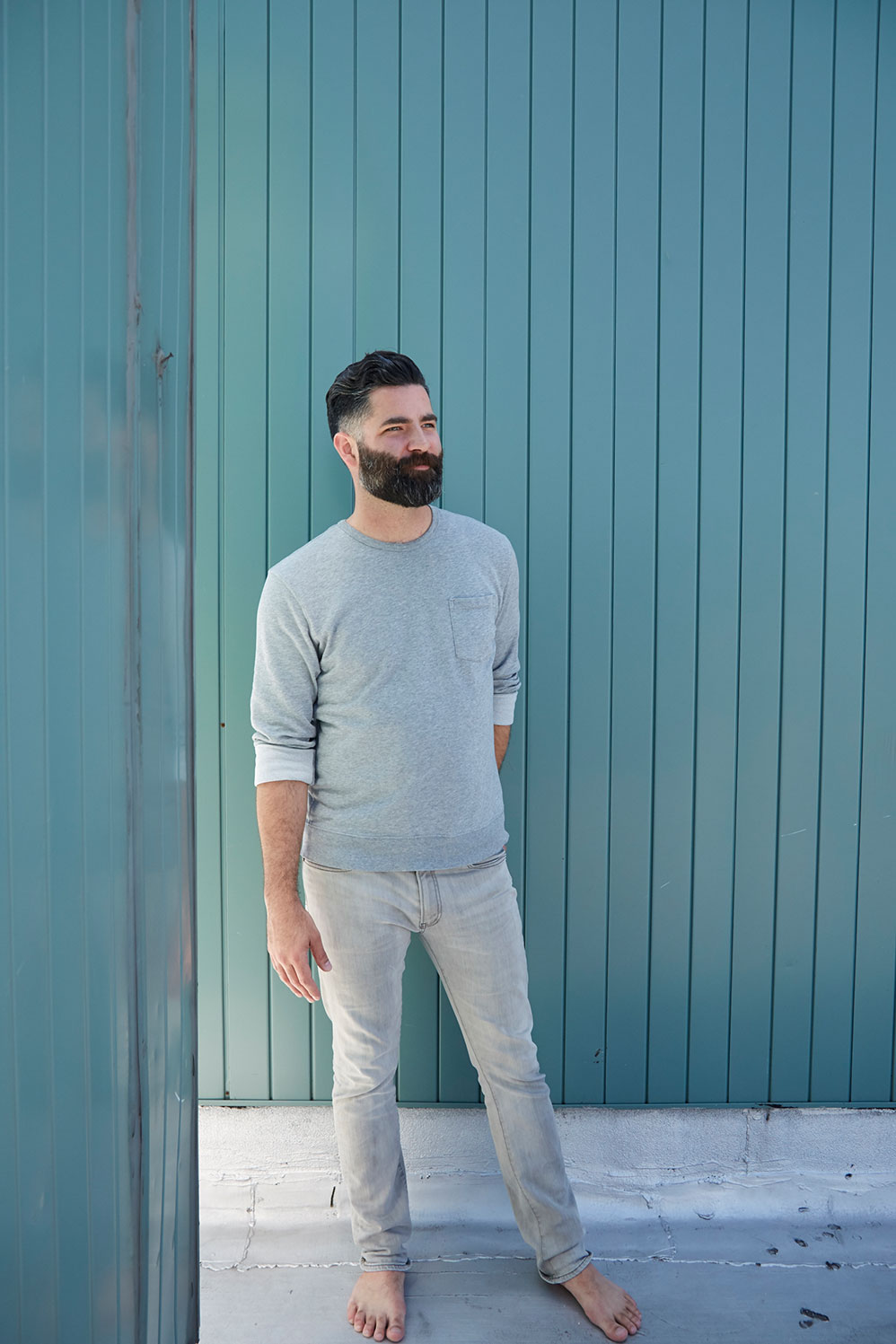
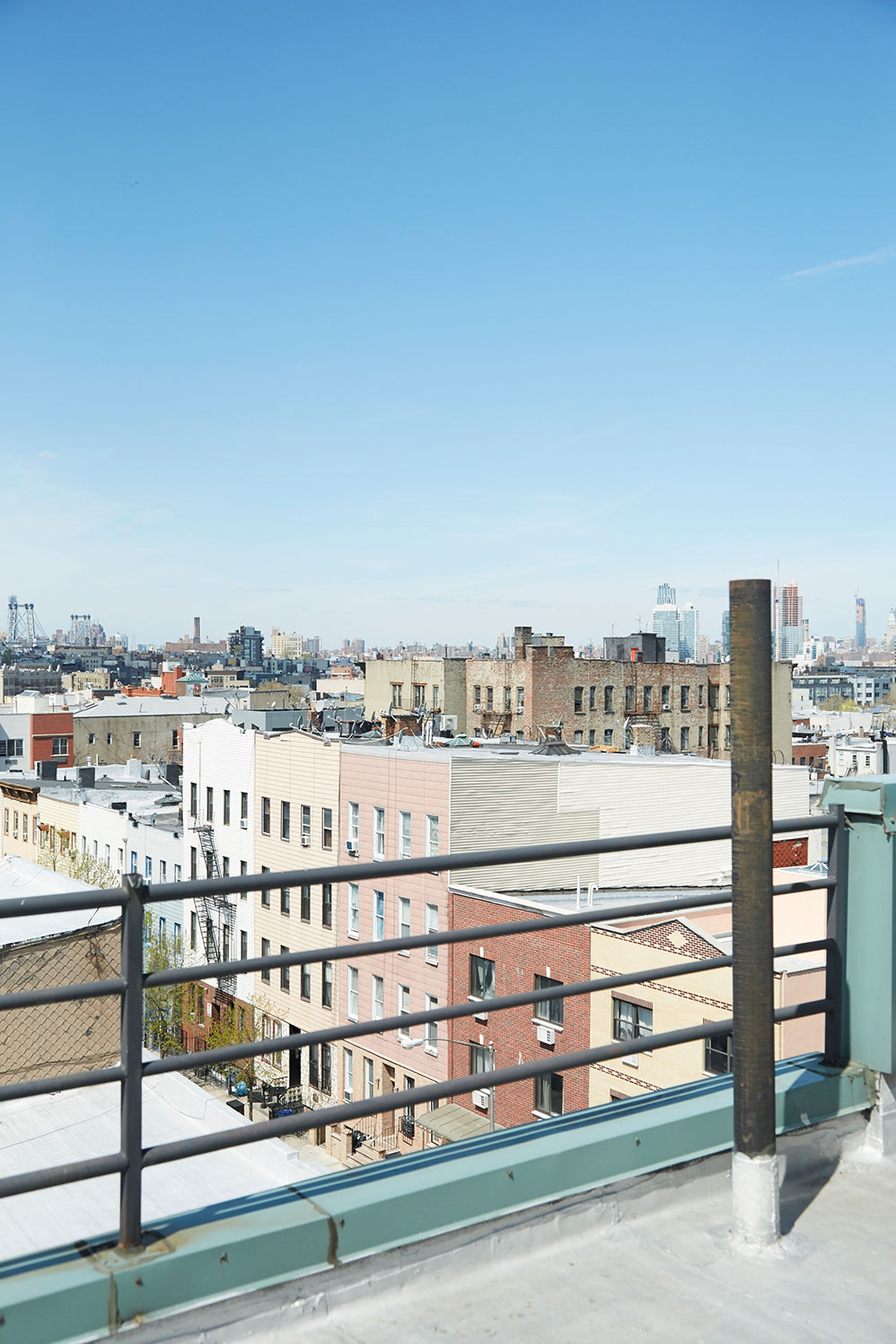
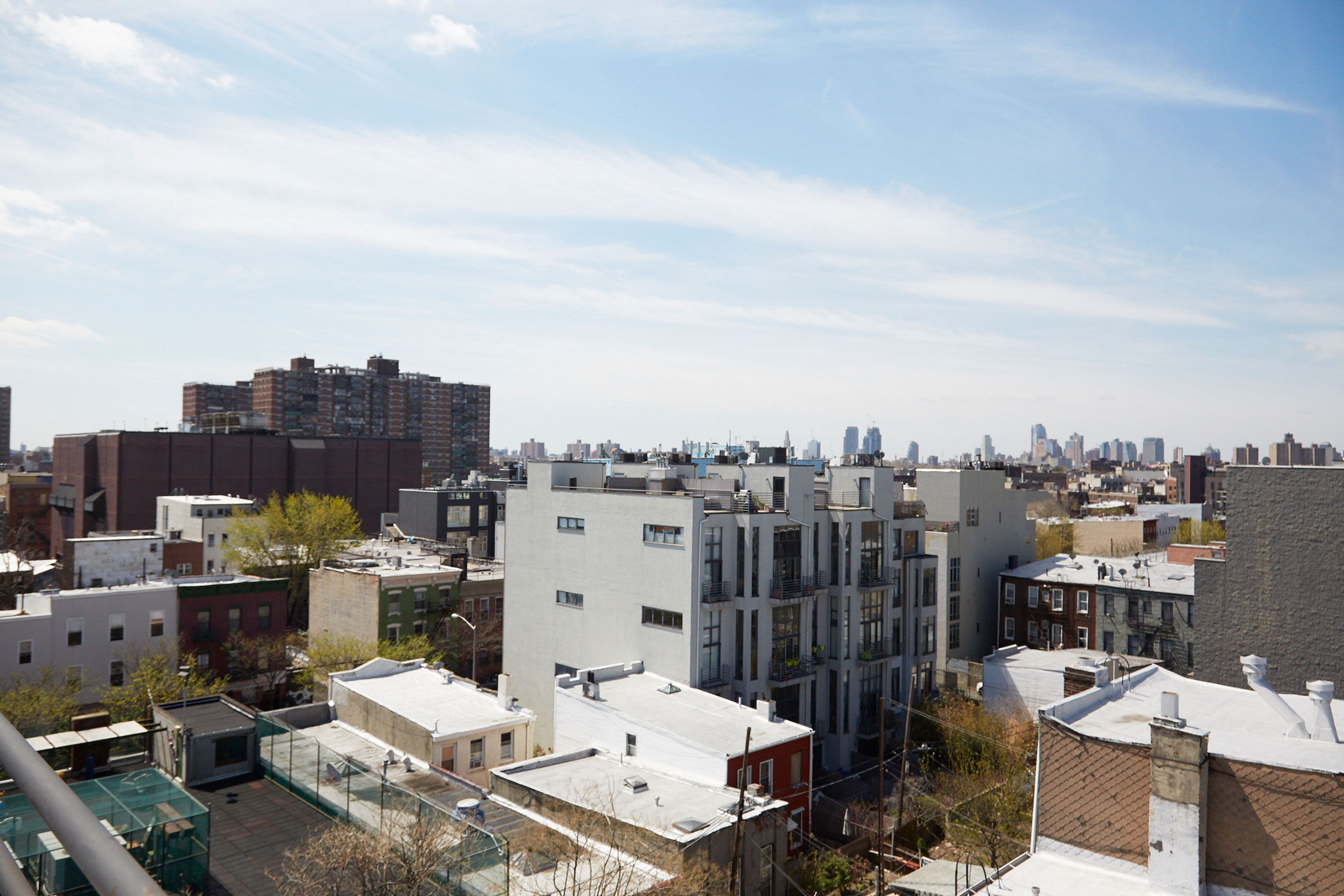
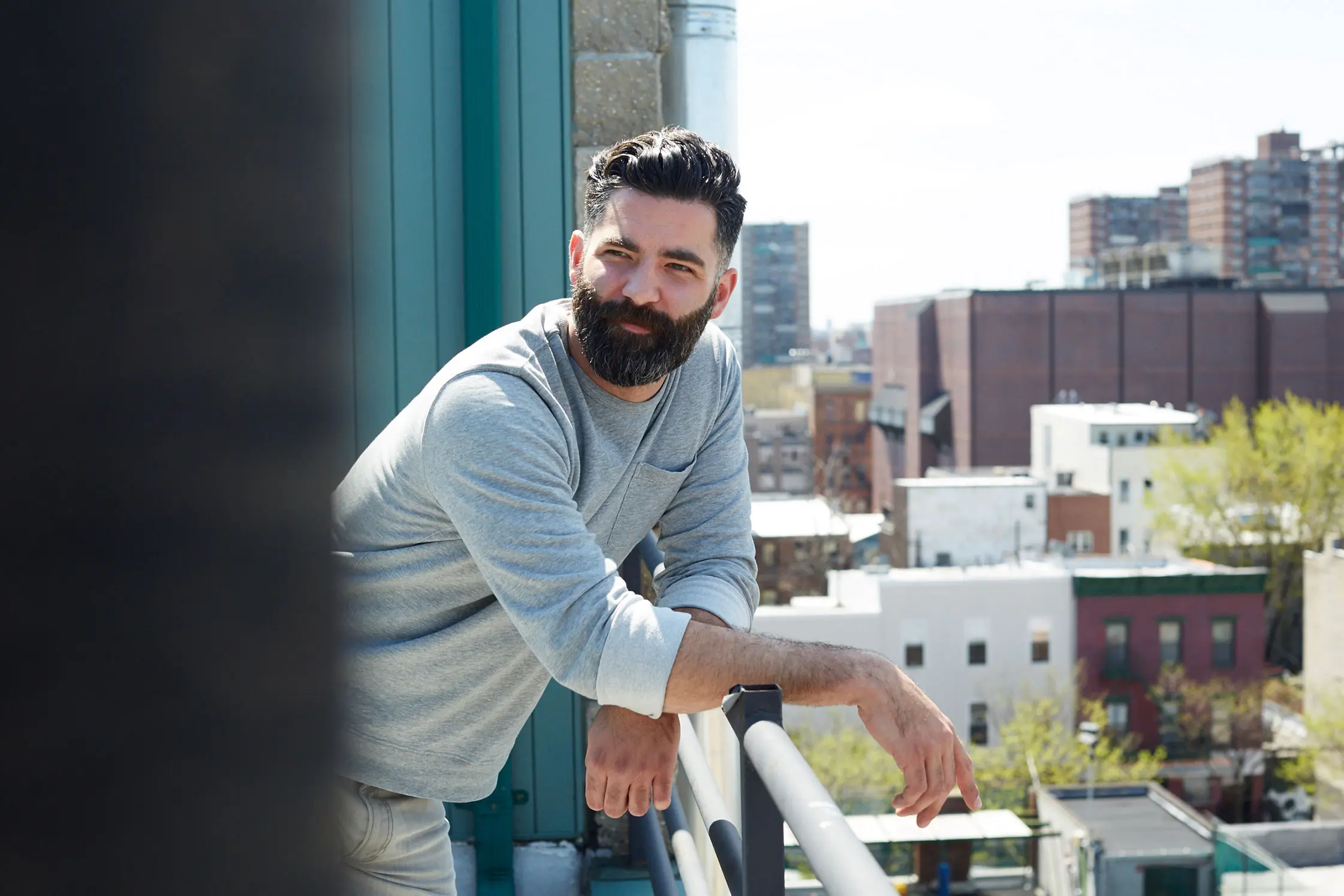
Thank you, Evan, for sharing your thoughts on the evolution of design and inviting us into your Brooklyn apartment. Find more from the Evan’s work on his website.
Visit our archive to meet more inspiring personalities from New York.
This portrait is part of an ongoing collaboration with OTHR, a vibrant hub for unique ideas and new possibilities in design. Visit OTHR for more on this story and many more.
Interview and Text: Sean Santiago
Photography: Emily Johnston
